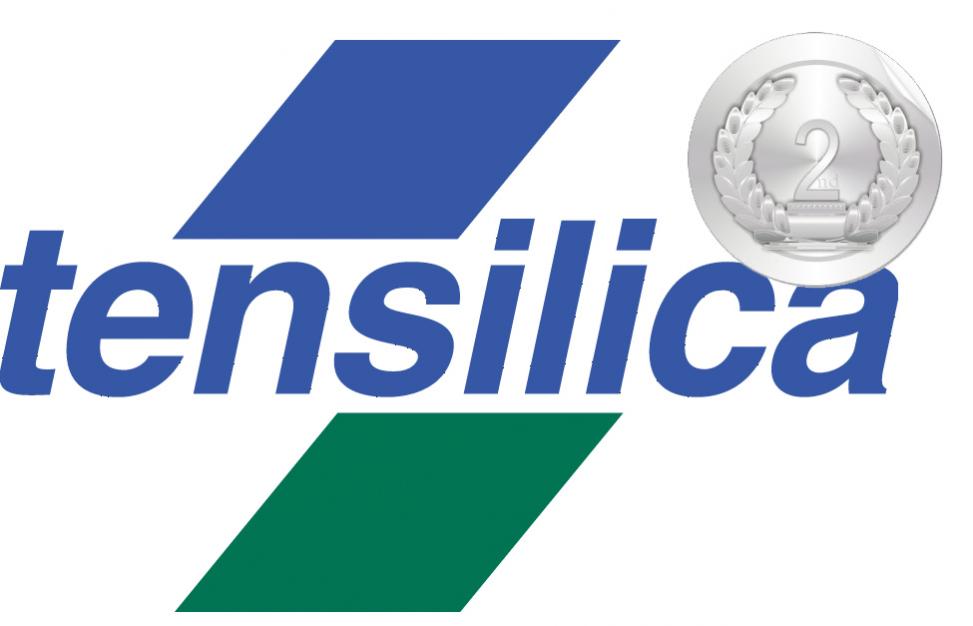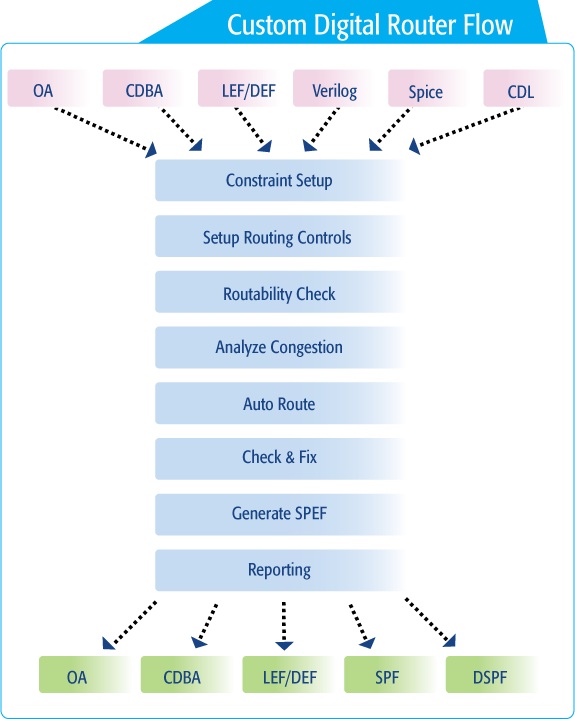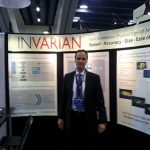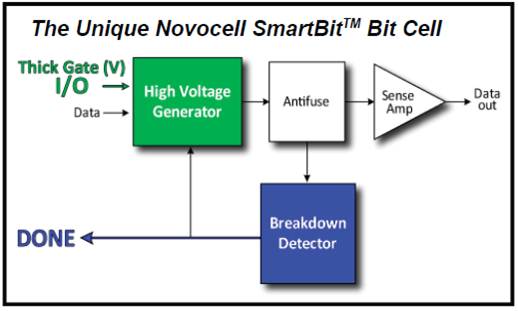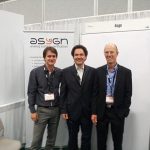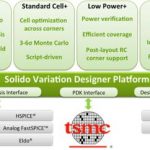The Linley group is the go-to source for information about the microprocessor market. If you go back to their roots in Michael Slater’s Microprocessor Report then they have been in the business for 25 years. We haven’t had microprocessors for that much longer. They just tagged Tensilica as being second in shipments of chips containing DSP cores. Last month Linley published numbers showing CEVA as #1 but, as I blogged about, they classified Tensilica and ARC as general purpose cores and didn’t include them in the DSP market. They have since reconsidered that position since, in fact, many Tensilica cores are used for audio, video and cellular (e.g. LTE) signal processing. For example, Tensilica is in the Audience chips in the iPhone. Linley now reckon that 1.5 billion chips were shipped in 2011 with licensable DSP cores and Tensilica is 20% of that market (so that would be about 300M DSP cores). Tensilica say that shipments of cores roughly doubled in 2011 from 2010.
Last year Tensilica announced that their licensees had cumulatively shipped over one billion Tensilica cores and they expect to pass two billion (cumulative) by the end of 2012. So roughly a billion Tensilica cores shipped during 2012, that’s impressive growth. Of course it is the nature of the IP business that you license a core and then…nothing happens. The chip has to be designed, prototyped, designed into a product, ramped to volume and only then do royalties flow (and you get on Linley’s radar).
As Mike Muller of ARM said to me years ago, “royalties always come later than you expect and are less than you expect.” When you are a big supplier, one reason is that some of your accounts will be big hits and some will not, but they all gave you optimistic predictions of the volumes they hoped to ship. For every iPhone that takes off like a rocket there is a Blackberry or a Lumia that isn’t selling because…well, everyone is buying iPhones. I remember in the early days of VLSI Technology when the PC business was taking off, we had about a dozen customers designing PC ASICs of one sort or another with a business strategy of being 25% of the PC market. We had no idea which ones would succeed but for sure not all of them. The answer pretty much turned out to be none of them.
Oh, and if you are visiting Tensilica they are about to move. But you are in the right place. They will be moving to the two storey building just across the street.
Totally off-topic, there is an interesting story behind the Avis tagline that I used as the title to this blog, as told in Robert Townsend’s book Further Up The Organization. Townsend went to his advertising agency DDB and asked the head how he could effectively get $2 of advertising for every $1 he spent, since Hertz was twice his size. He was told “just do this: promise that you you will not nitpick, that you will run whatever ad you select completely unchanged. you will have every person in this office moonlighting on your account.” After a couple of months DDB went back to Avis and told them that the best they had come up with was the “we’re #2 so we try harder” idea. Nobody seemed that keen on it but Townsend had promised to run the ads unchanged, so they did. The rest is history and it is now one of the most recognized taglines ever.


